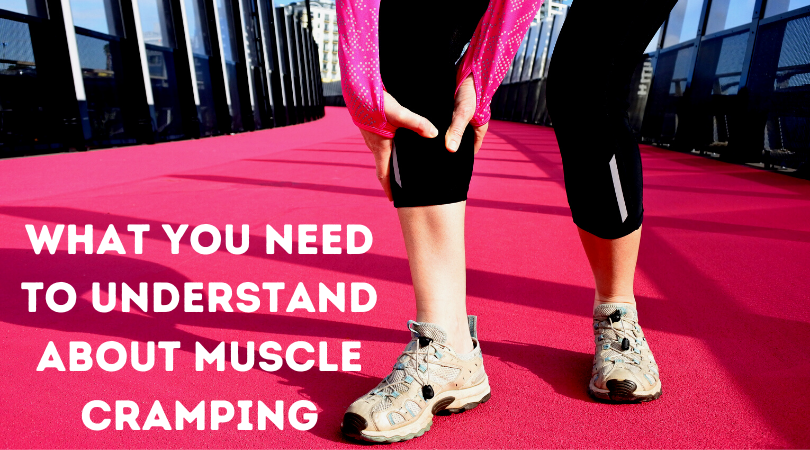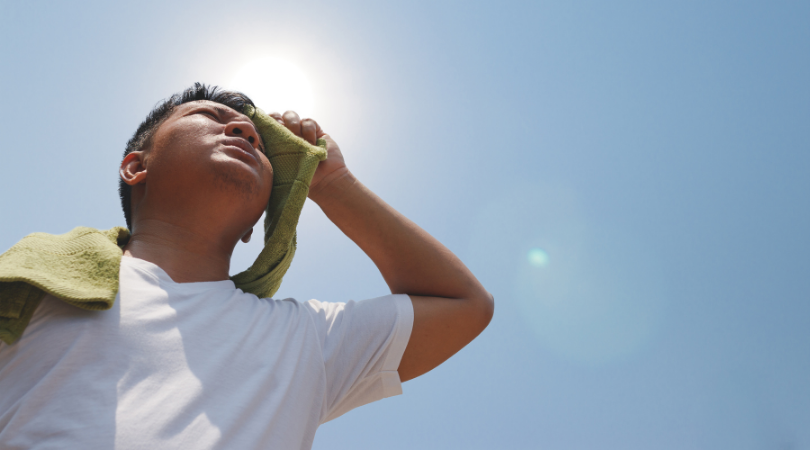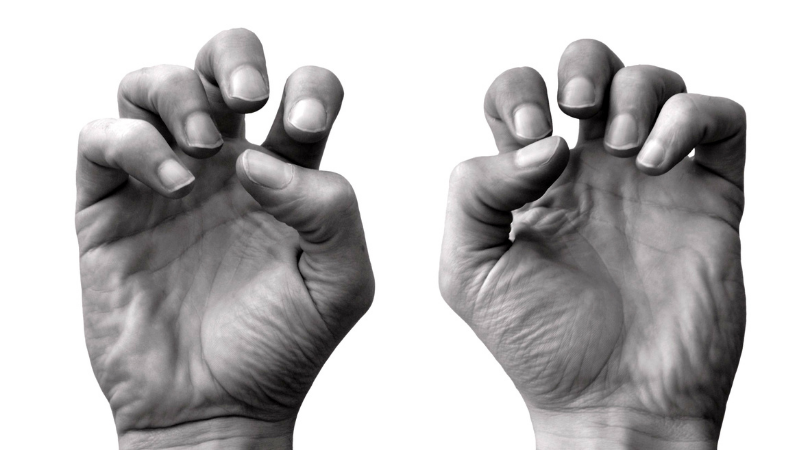What you need to understand about muscle cramping

The severity of muscle cramping varies along with its duration. It has been exceedingly difficult to study the treatments for cramps in a clinical setting because of it’s unpredictability. I shared an article from Maughan & Shirreffs (2019) who attempted to uncover the causes and treatment of exercise induced muscle cramps. It seems there are many different types of cramps provoked by different situations. So, the two types we can currently discuss from the literature are:
Disturbance of hydration & electrolyte balance

Common risk factors for cramping include endurance sport, hot weather, pre-season training (low fitness, high intensity), the presence of fatigue and a family history. For example running on a hot day, or working all day in the sun. When this happens we lose water and salt through sweat but in most circumstances only replace our fluids with water. When this imbalance is combined with muscular fatigue, muscle cramps are likely to generate. Studies have shown that adding saline (salt) to the drinking water of industrial workers almost abolishes the presence of muscle cramps.
However, cramps can also occur when sweat rates are low, for example, getting a cramp in your feet and hands when typing or swimming. So, we need to propose another explanation.
Altered neuro-muscular control
Athletes who are prone to cramping have demonstrated a lower threshold of muscle cramps provoked by electrical stimulation. This would fall into the realm of ‘Telegraphists’ cramp’. This type of cramp may originate in the central nervous system and nerve receptors in the muscles secondary to muscle fatigue. In this scenario it seems stretches might be an effective treatment. Folk treatments like drinking pickle juice or vinegar have shown to be beneficial anecdotally (possibly by shocking the neurons).

Because running involves high sweat loss & repetitive muscle activation, there may not be one single factor and treatment effectiveness may depend on the scenario the athlete is placed in. I hope this has helped shine some light.
Relevant Blog posts
Relevant Podcast episodes
- Inflammatory diets impacting your running with Vicky Kuriel
- Gut Health for running performance with Chloe McLeod
